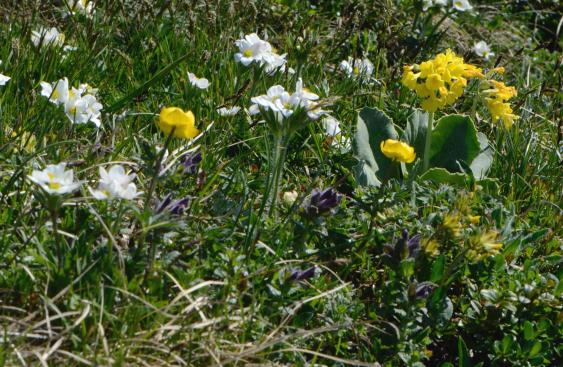Using information on alpine plant species, researchers investigated how the chemistry of flowers’ scent affects not only the diversity of insect pollinators but also the communities of bacteria living on the flowers.
The study, published in New Phytologist, reveals that high floral scent chemodiversity – or the presence of a range of different chemical compounds – is associated with increased pollinator richness but reduced bacterial richness on flowers.
This mechanism could provide an evolutionary explanation for the persistence of floral scent chemodiversity.
The findings led the scientists to propose the 'Filthy Pollinator Hypothesis.' The hypothesis rests on two ideas: that flowers with more chemically diverse scents attract a wider variety of pollinators, thereby increasing the potential for microbial transmission between plants, and that floral scent chemodiversity lessens the risks of unwanted microbial colonisation by preventing the establishment of detrimental microbes while still allowing the establishment of healthy ones.
In other words, this means scent diversity could be a clever way for plants to welcome visitors while keeping unwanted microbes out.
Adapted from a press release published by the Wiley newsroom.

